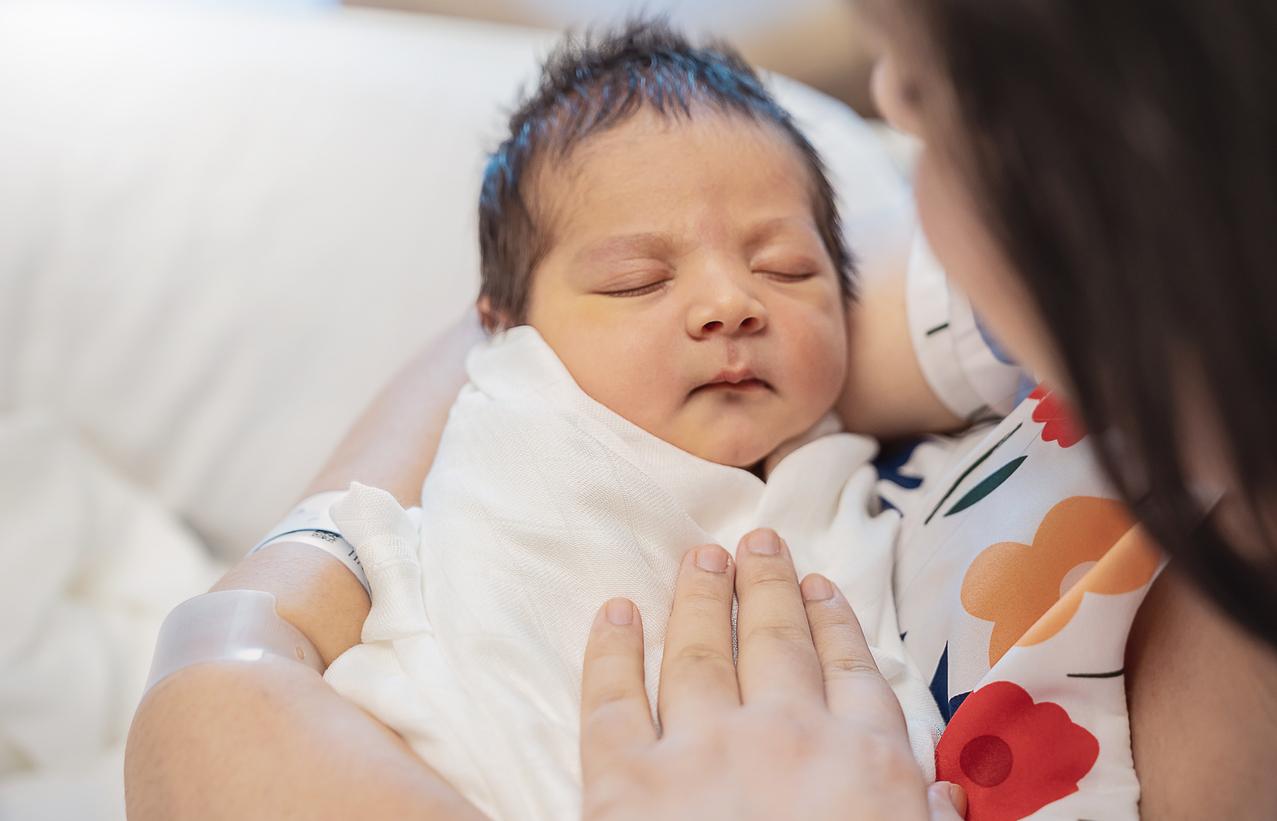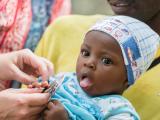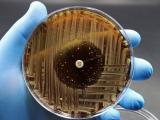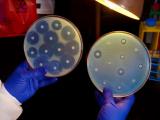A new study of mothers and babies from developing countries in Africa and South Asia suggests carriage of antibiotic resistance genes (ARGs) in gut microbiota is prevalent, with some ARGs appearing in newborns within hours of birth, likely transmitted from the mother or the hospital environment.
The study, published last week in Nature Microbiology, also found that poor hand hygiene and previous infection and antibiotic use by mothers may be risk factors for not only for ARG carriage but also for poor birth outcomes and neonatal sepsis.
The study authors say that while they weren't surprised to find newborns colonized with ARGs and resistant bacteria, they didn't think they appeared so early in life. They suggest the findings could contribute to antimicrobial resistance (AMR) surveillance in this previously unexplored population, and inform national action plans to improve infection prevention and control practices and prevent neonatal sepsis in low- and middle income countries (LMICs).
Impact of AMR on neonatal sepsis
The findings come from the BARNARDS (Burden of Antibiotic Resistance in Neonates from Developing Societies) study, an international effort that aims to investigate the effects of AMR on neonatal morbidity and mortality in seven LMICs in South Asia and Africa, particularly in regards to neonatal sepsis. The study, led by researchers from Cardiff University and the Ineos Oxford Institute (IOI), uses data and patient samples collected from mothers and neonates in hospitals in Bangladesh, Ethiopia, India, Nigeria, Pakistan, Rwanda, and South Africa.
Sepsis occurs when an infection triggers an overwhelming chemical reaction that can lead to tissue damage, organ failure, and death. It is a significant threat for young children in LMICs, particularly newborns, because of limited healthcare resources. A study published in 2020 estimated that sepsis caused 2.9 million deaths in children under 5 in 2017, with the highest incidence and mortality observed in newborns and the biggest impact seen in LMICs in sub-Saharan Africa and Asia.
While previous studies by the BARNARDS group have examined the genomic characterization of sepsis isolates and their resistance profiles, this study set out to assess the prevalence of ARGs in the gut microbiota—the collection of bacteria and other microbes in the digestive tract—of mothers and newborns, and what role that may play in neonatal sepsis. Understanding the level of ARG carriage in mothers and newborns is important because colonization with multidrug-resistant bacteria has been found to be a precursor to infections that can lead to sepsis.
Among the 35,040 mother and 36,285 newborns recruited for the study between November 2015 through November 2017, the researchers collected 18,148 rectal swabs (15,217 from mothers and 2,931 from newborns with suspected or confirmed sepsis) and grew bacteria from those swabs to screen for the presence of clinically important beta-lactamase enzymes, which can inactivate beta-lactam antibiotics and make infections more difficult to treat. They were specifically looking for the presence of blaCTX-M-15 (an extended-spectrum beta-lactamase gene) and the blaNDM, blaKPC, and blaOXA-48-like carbapenemase genes.
The screening detected blaCTX-M-15, blaNDM, blaKPC, and blaOXA-48-like genes in 56.1%, 18.5%, 0%, and 4.14% of the newborn rectal swabs and 47.1%, 4.6%, 0%, and 1.6% of the mothers' rectal swabs, respectively. The prevalence of all ARGs was higher in South Asian countries than African countries. The resistance genes were detected in the newborns within hours of birth, regardless of whether the delivery was via caesarean section or spontaneous vaginal delivery.
Further analysis of the 1,072 isolates that carried carbapenemase genes showed that the predominant bacterial species were Klebsiella Pneumonia, Escherichia coli, and Enterobacter cloacae complex. Antibiotic susceptibility testing on selected isolates found high levels of resistance to most antibiotics tested. Resistance to the carbapenem antibiotics imipenem and ertapenem, which are reserved for severe infections, was 91%.
Whole genome sequencing, performed to determine how closely linked the isolates were, revealed that some E coli isolates with resistance genes were indistinguishable between the mothers and newborns. Furthermore, analysis of E coli, K pneumoniae, and E cloacae genomes from newborns attending the same hospitals also found close genetic relationships.
The study authors say these two findings suggest newborns in these sites were colonized with ARGs soon after birth, either through contact with their mother, the hospital environment, or other newborns. "These findings support the need for future studies assessing mother/non-clinical environment–neonate transmission of ARGs, to improve infection prevention control measures in LMICs and study the development of the gut microbiome and resistome," they wrote.
Links between carriage, infection, and hygiene
When the researchers conducted an exploratory analysis to assess the factors that may be linked to carriage of ARGs in both mothers and newborns, they found that deficient hand hygiene and infection and antibiotic use in the 3 months before enrollment in the study were associated with carriage of blaCTX-M-15, blaNDM, and blaOXA-48-like genes. In addition, maternal carriage of those ARGs was also associated with a higher risk of neonatal sepsis and adverse birth outcomes.
"This study shows that transmission dynamics can be very complex, as we found links between carriage, infection, and sanitation and hygiene," said study co-lead Kirsty Sands, PhD, of Cardiff University and IOI. "We need to continue our research to fully understand these transmission dynamics, which could help to guide better infection prevention and control measures."
























